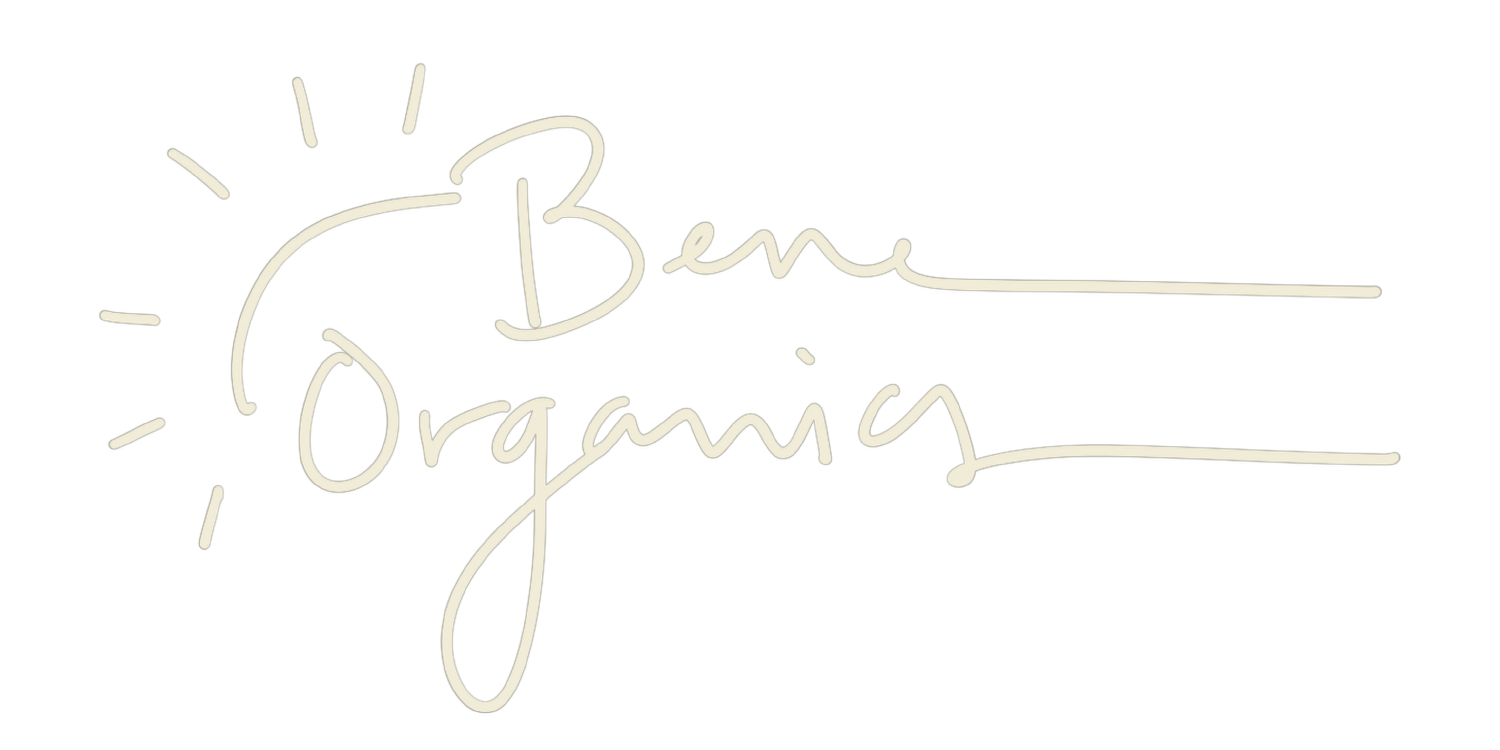How-to & History: Oil Cleansing
Oil cleansing is a method that works with the structure of your skin to clear it of excess dirt, makeup, and particles that may have settled on the skin. Rather than using glycerin-based soaps as a method to carry bacteria off the the surface of the skin, oil cleansing doesn't damage existing epidermal surface lipids. The fatty acids in the oil act in tandem with the structure of the skin's sebum layer to provide a barrier function as well as preserve moisture. In addition, you're respecting the diversity of your skin's microbiome by allowing microbial function to remain as a defense mechanism against clogged pores.
Clogged pores can be due to dirt, excess oil produced from sebaceous glands, or dead skin cells. When you use a soap-based cleanser that strips all sebum and bacteria, the sebaceous glands overproduce leaving your face potentially oily and/or prone to clogged pores, with acne closely following. Oil cleansing ensures that the surface lipids are not stripped from your face, carrying away dirt, particles, dead skin, and makeup while replacing the fatty acid content the sebaceous glands produced. In chemistry, they refer to this as "like dissolving like," as compounds are best dissolved by using a solvent similar in composition.
Oil cleansing has been dated back thousands of years, with castor oil and olive oil being most notably used. Ancient Egyptians would rub the oil into their skin, then remove the oil with a strigil (a tool with a curved blade) in a hot plunge bath. This would remove the dirt and debris off of the surface of their face without leaving the skin defenseless against bacteria.
How to oil cleanse:
Add 1-3 droppers-full of oil to clean hands, and massage into the skin without water. 1-2 minutes works, but the longer you massage - the deeper the penetration of the oil, increased blood flow and circulation support, as well as stimulation of collagen production and restoration of elasticity.
Using a clean washcloth, run it under warm-hot (NOT scalding) water and ring it out, placing on the face to steam the excess oil off. Rather than moving the rag in circles, repeat this motion by wetting the cloth, ringing it out, and pressing against the face until there is little-to-no residual oil left. I like to follow up with a pea-sized amount of The Healer herbal wound salve, or your favorite (non-alcohol or water-based) moisturizer!
Tip: to increase absorption of your moisturizer, oil cleanse 30 min-1 hour before bed to avoid it wiping off onto your pillowcase!
To choose an oil cleanser, it's important to consider the fat saturation content and any additives. Some modern oil cleansers contain cytotoxic compounds like polyunsaturated oils or poorly formulated essential oils, which leave your skin unprotected to oxidative stress when exposed to heat or sunlight. If possible, choose a whole-herb infusion with a base of saturated fats. When considering using a double cleanse-method (a process in which an oil cleanser and a soap-based cleanser are used), stay away from additives that can dry out the skin like alcohols, acids, or water.
As our approach to skincare hinges on a combination between tradition and physiology, we love that the oil cleansing approach maintains respect for the foundation of our skin. This method supports our skin's biological structure and it's way of protecting us from environmental debris, by forming the layer of sebum. Working in tandem with our body's structure and features, we can allow our skin to be fully nourished.
-J



